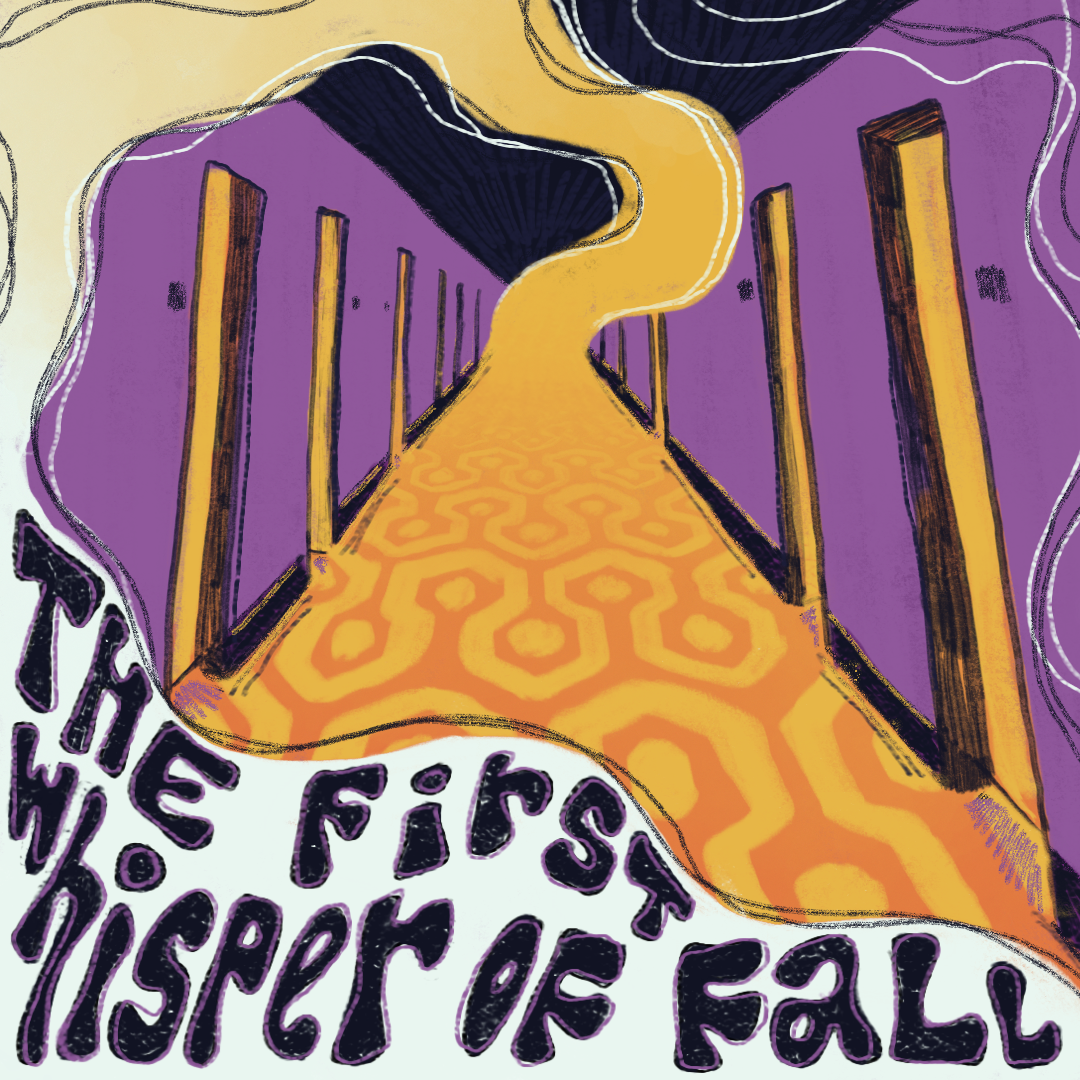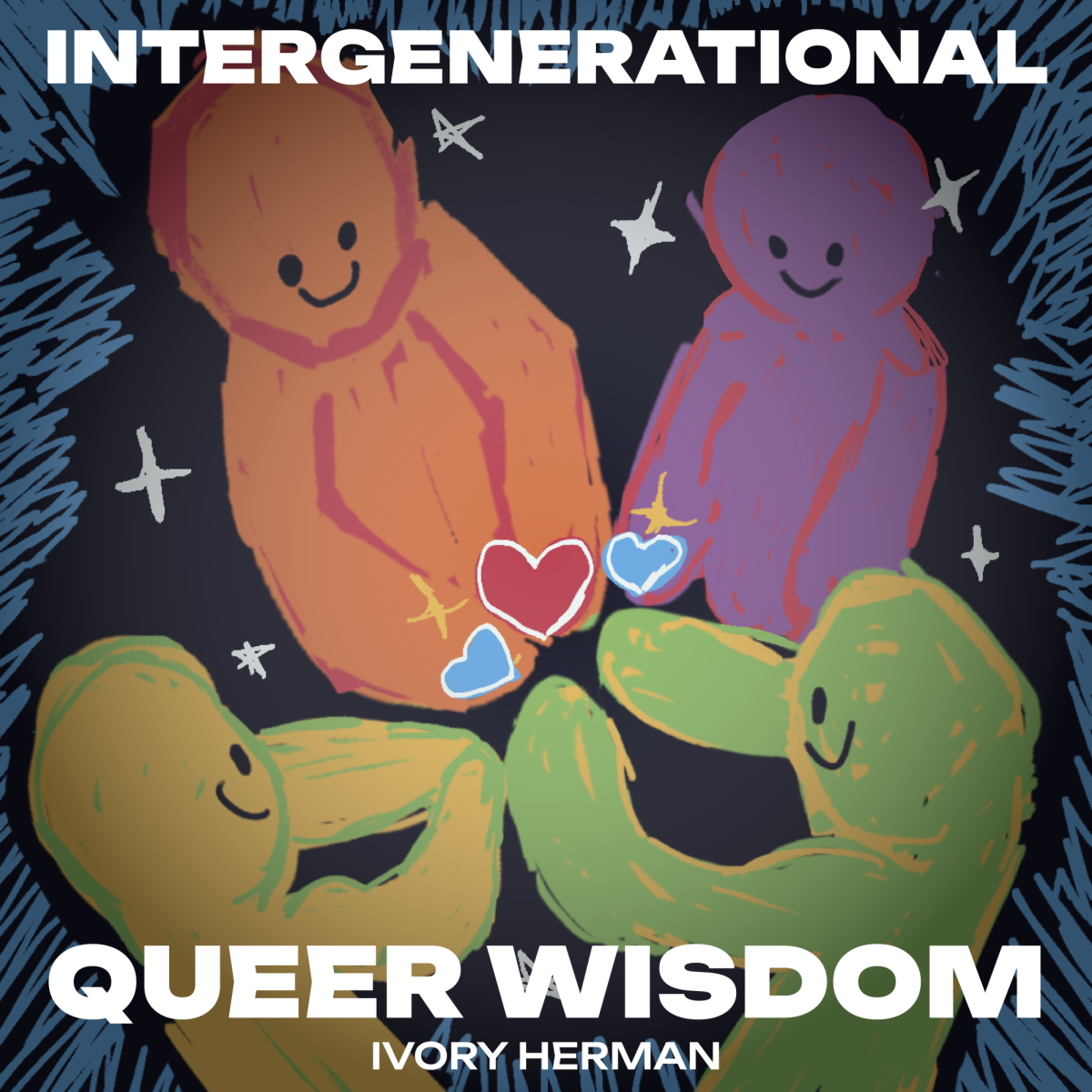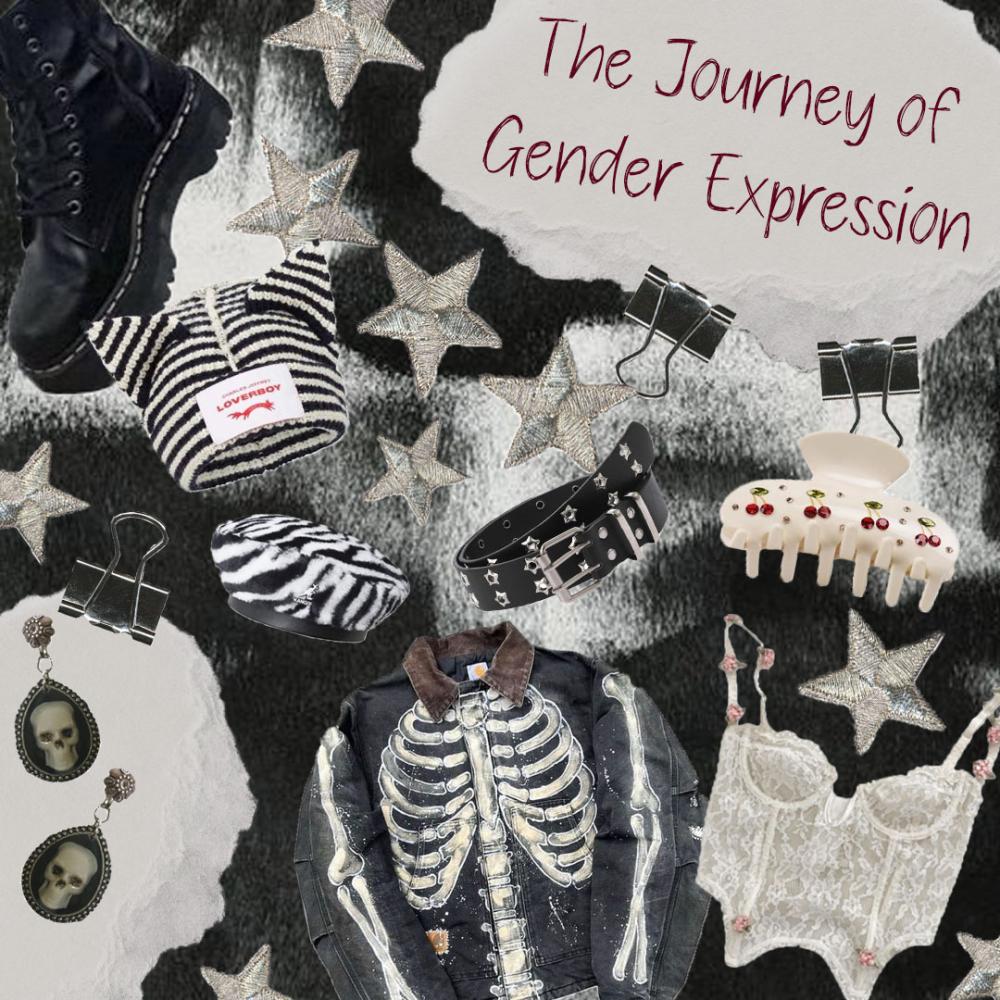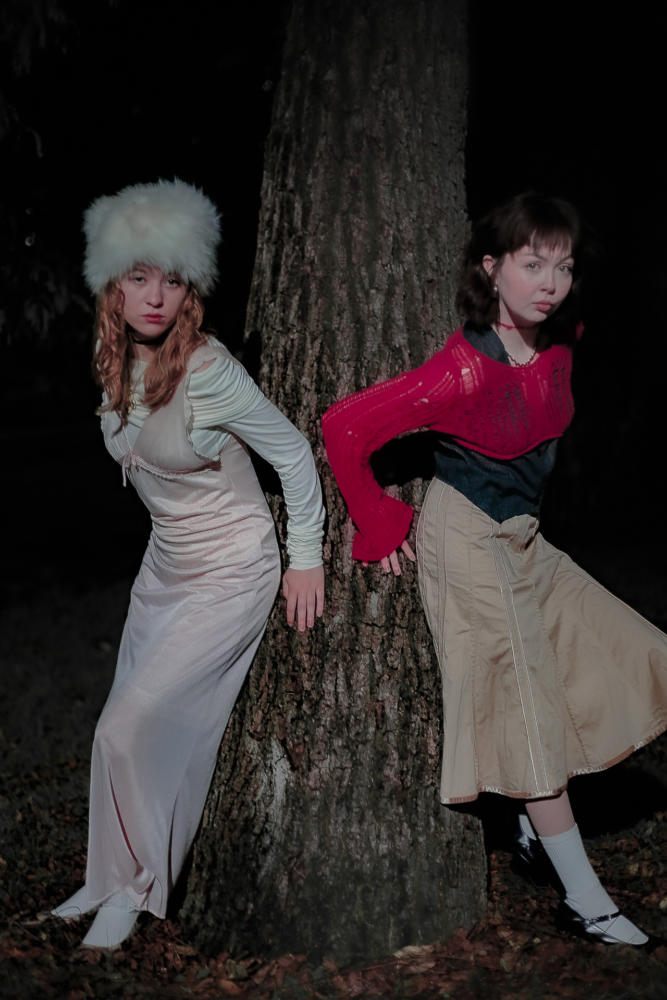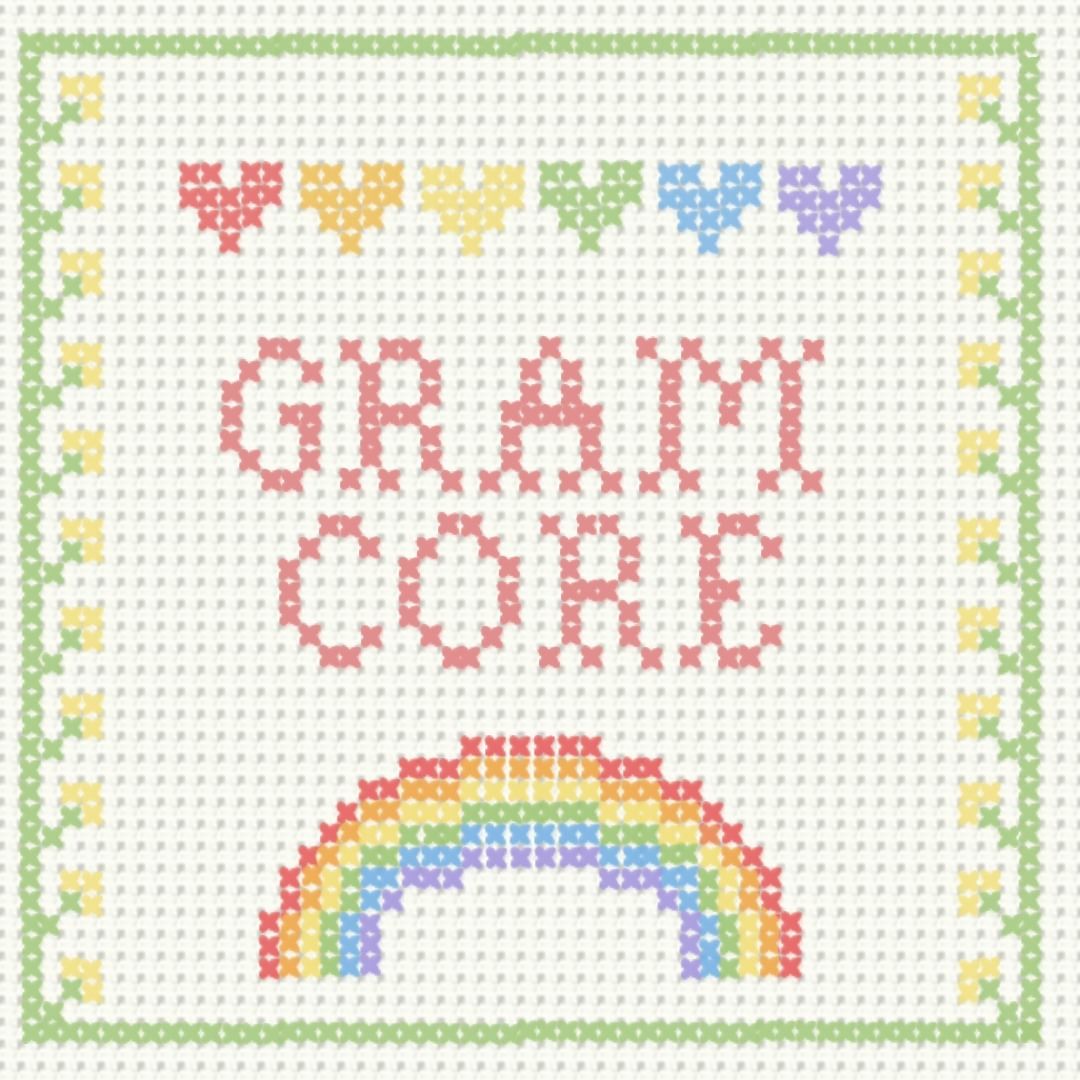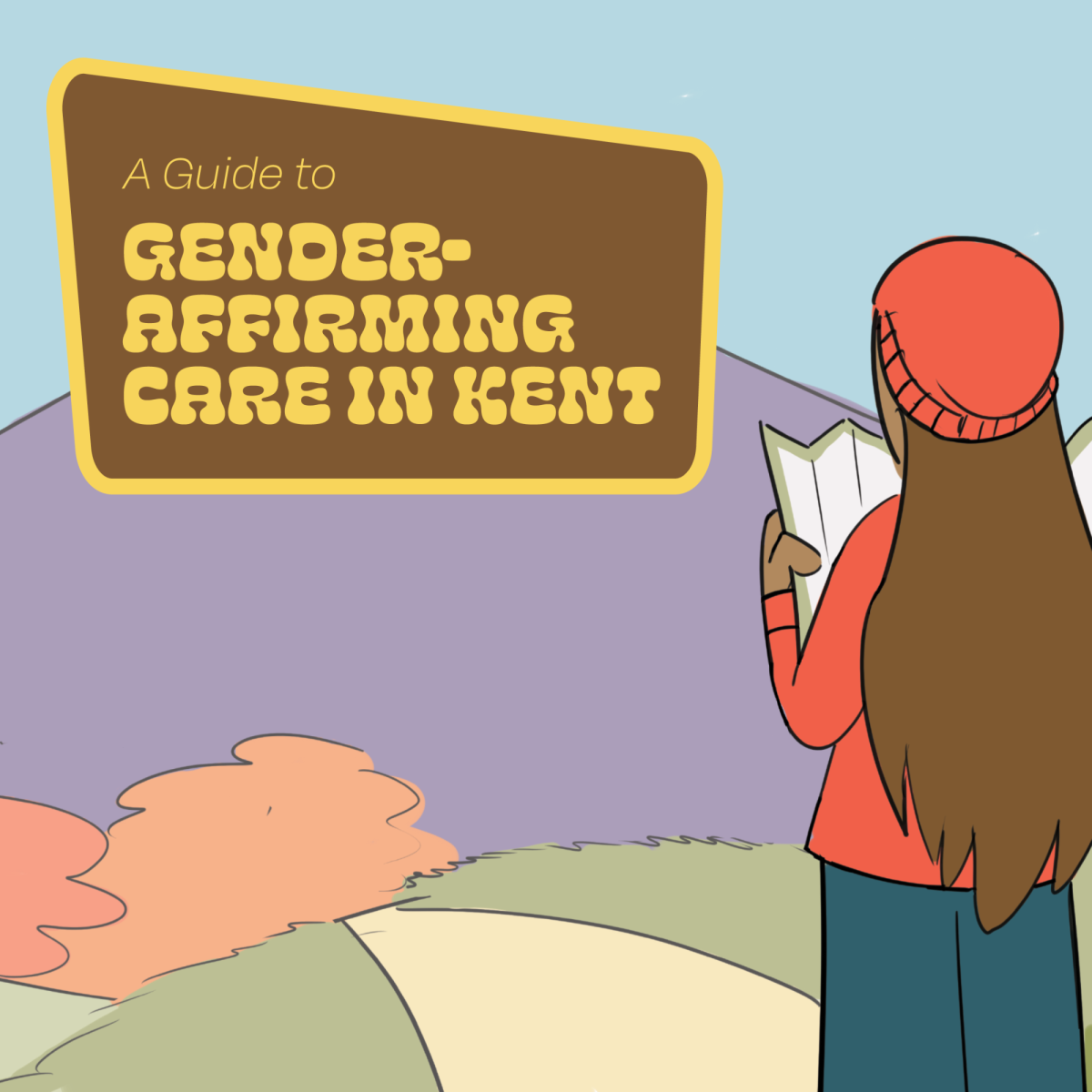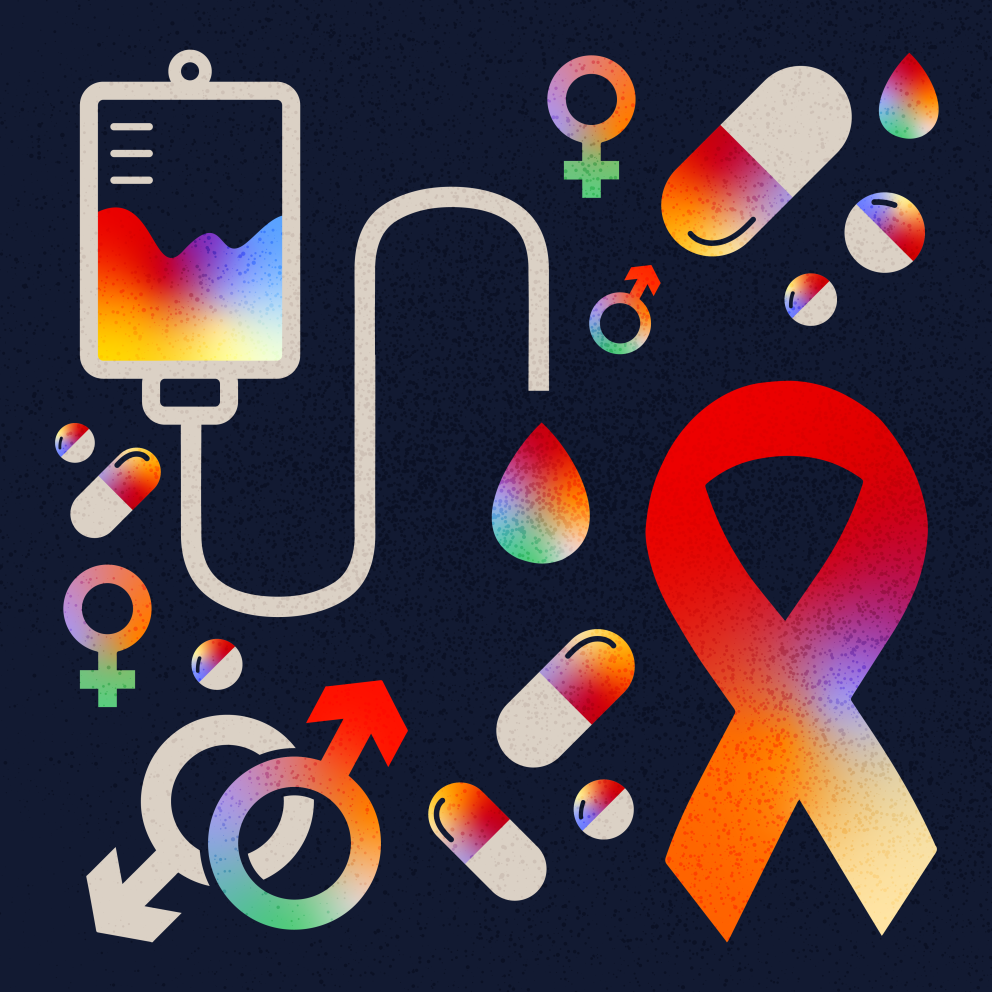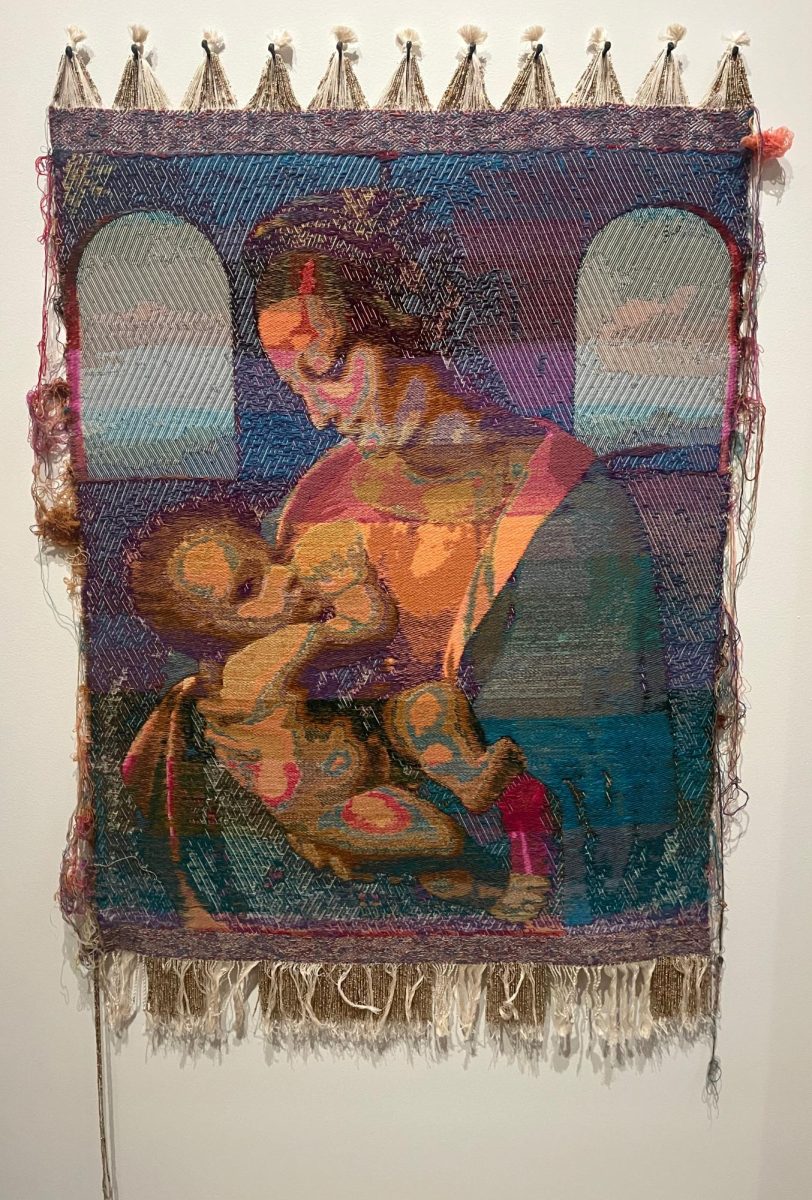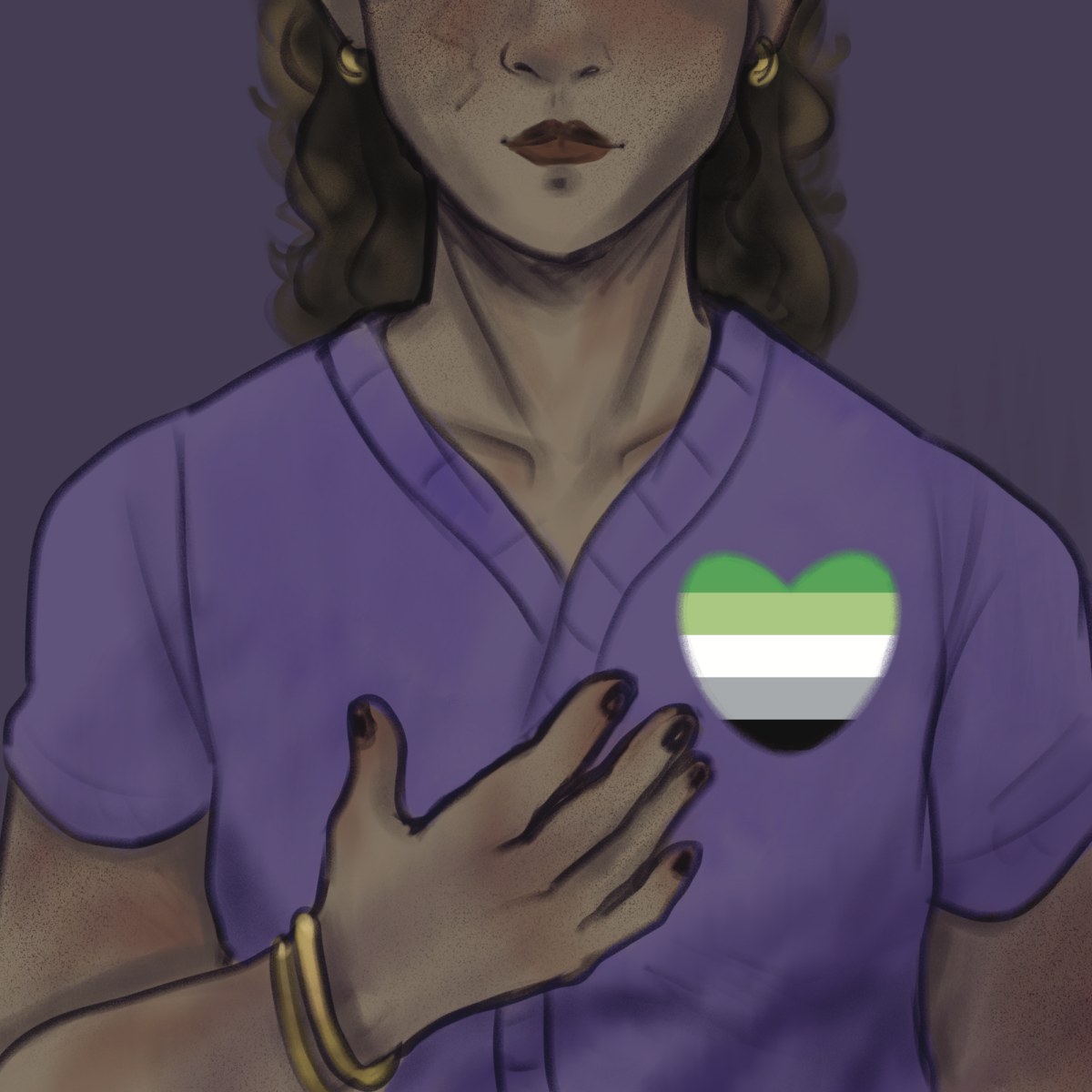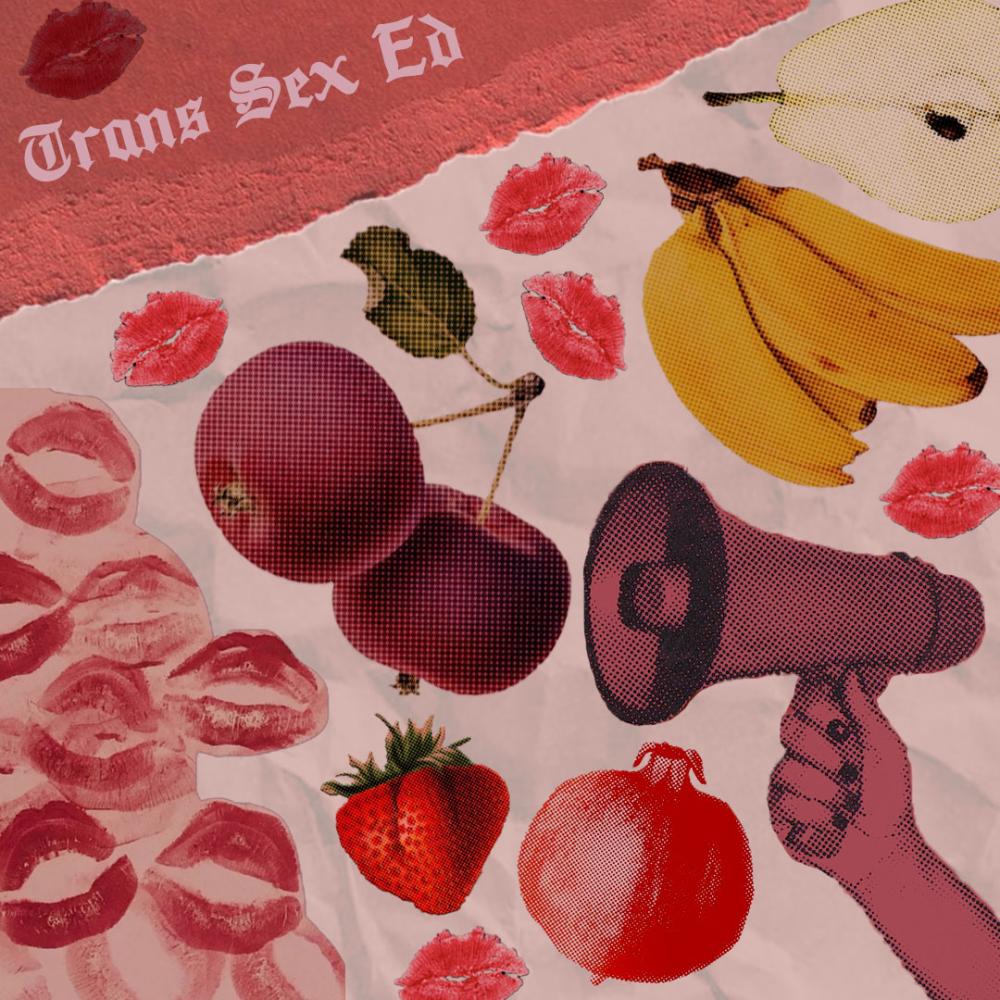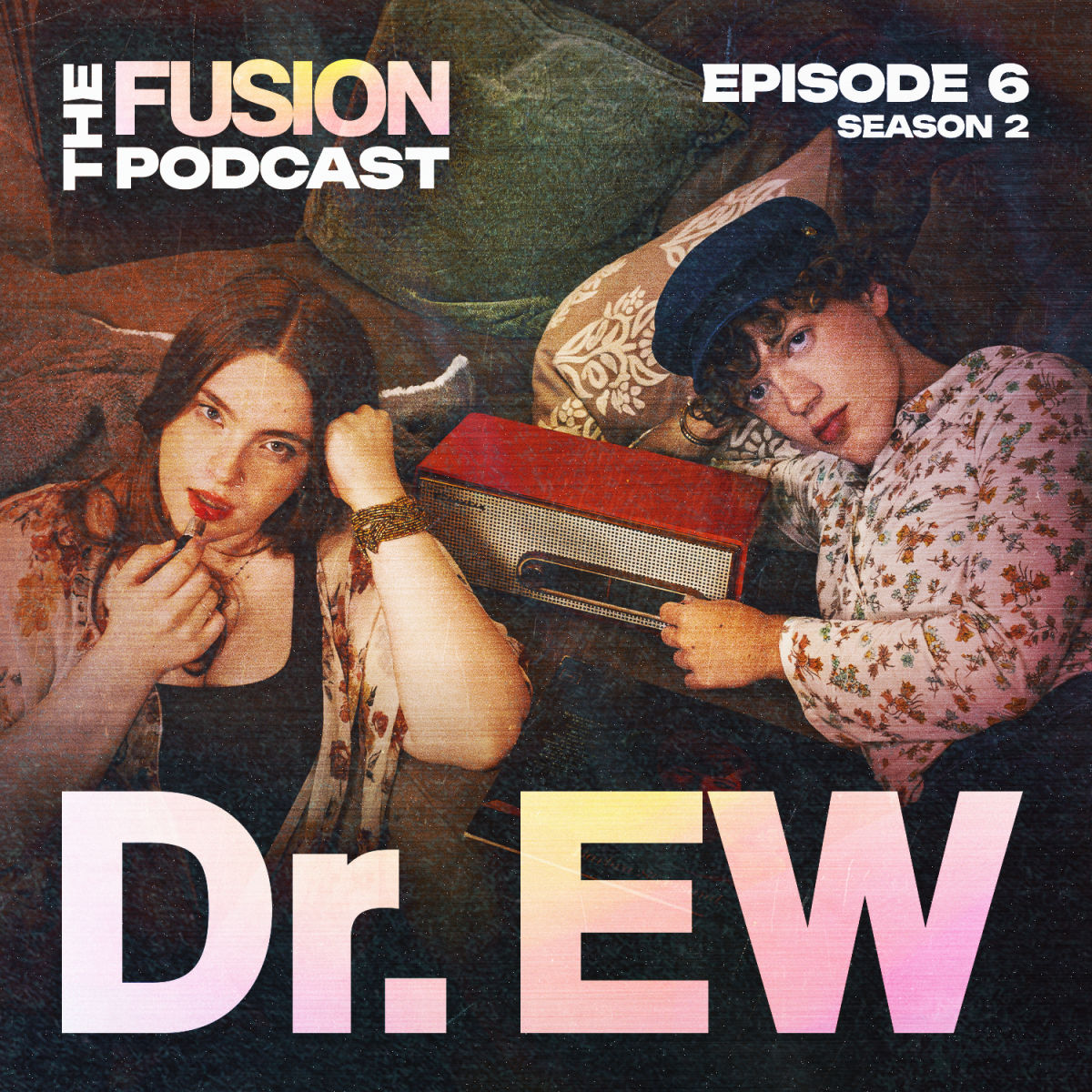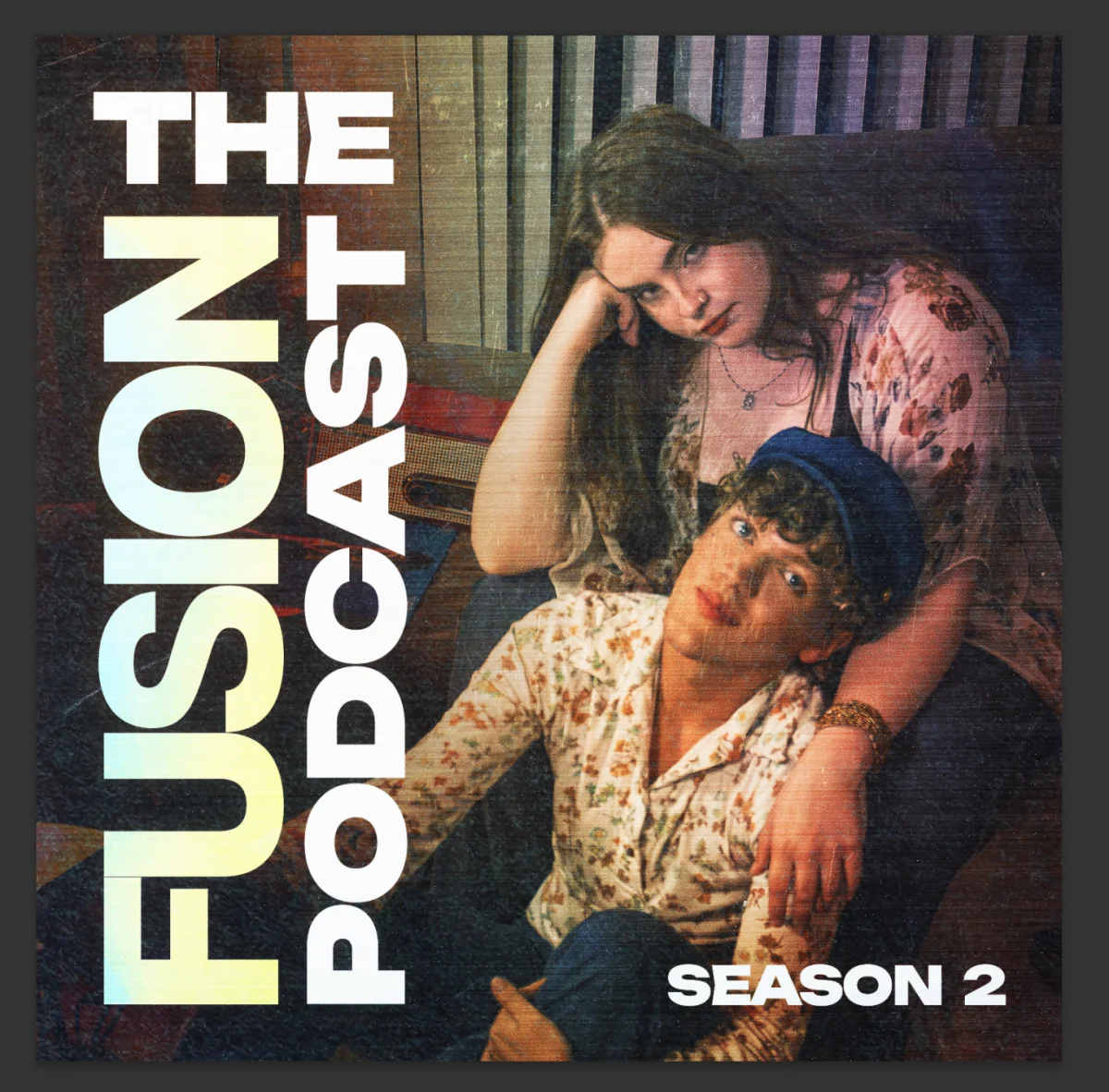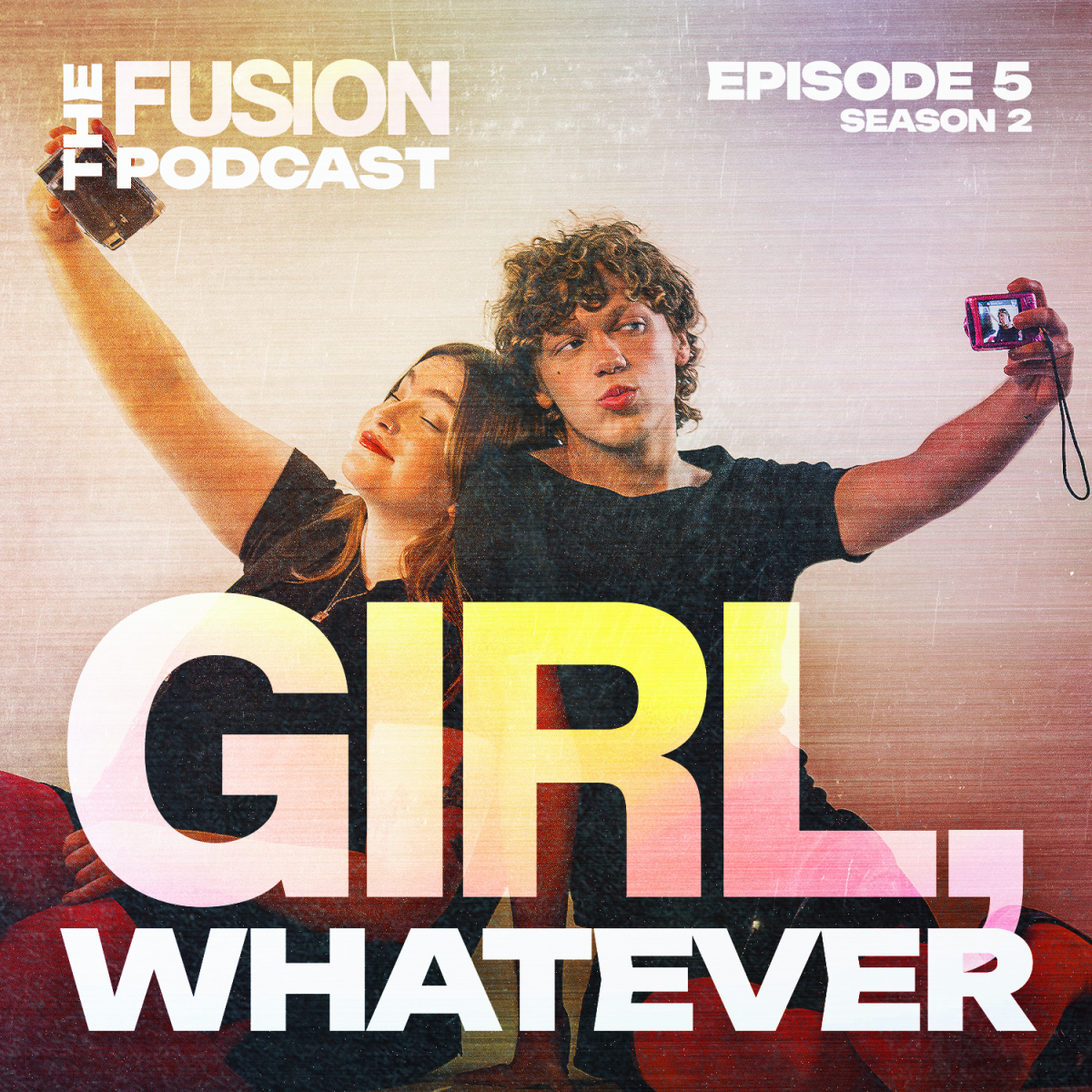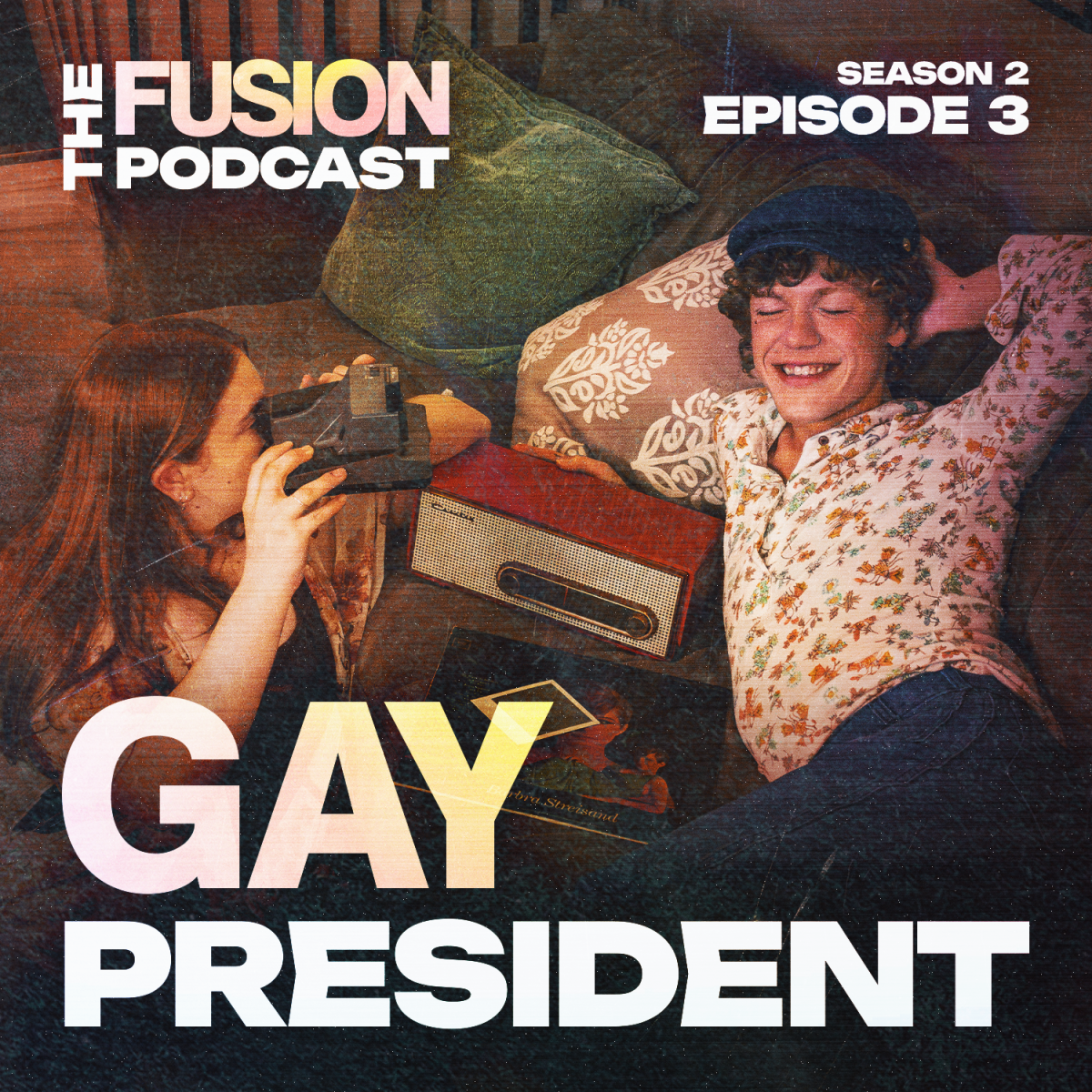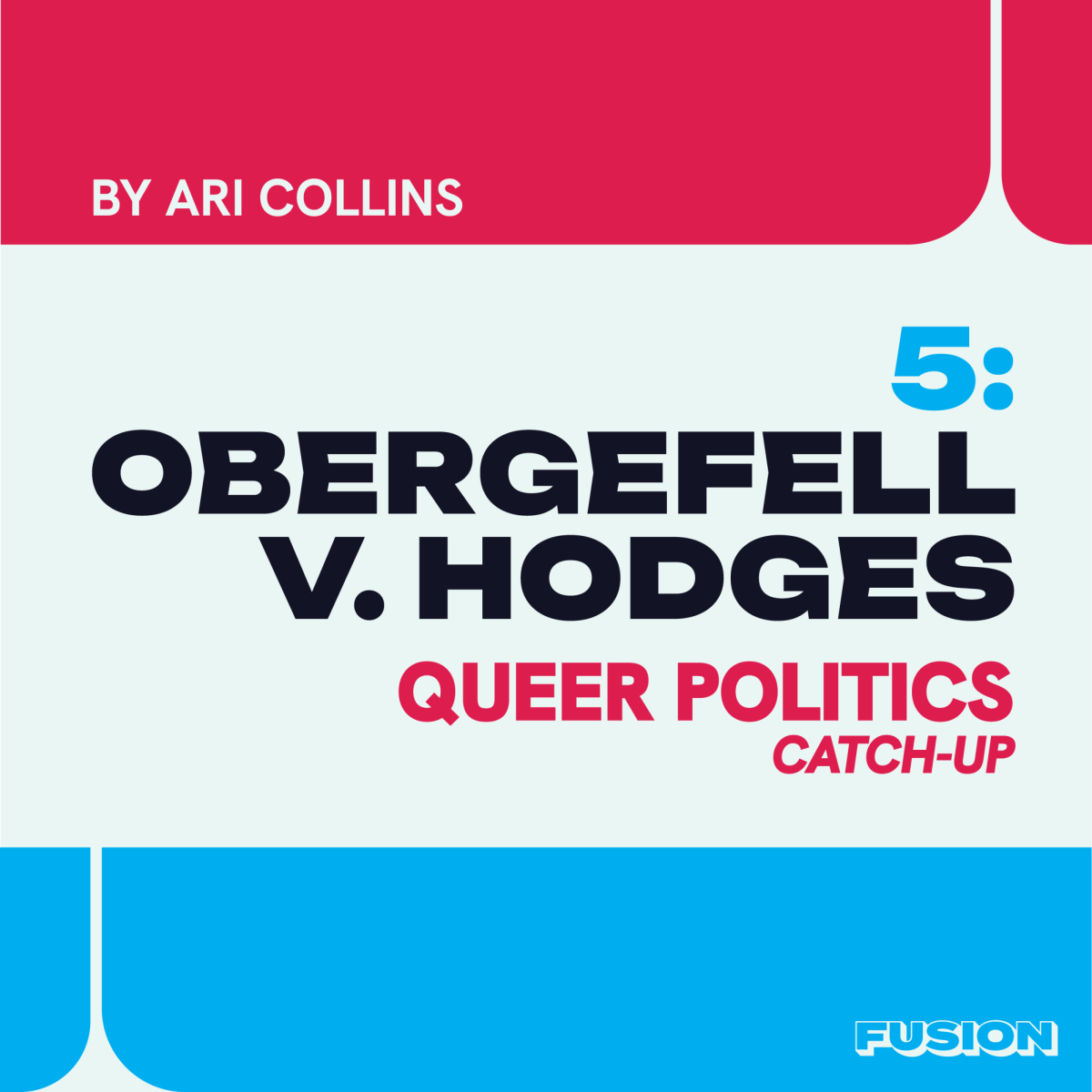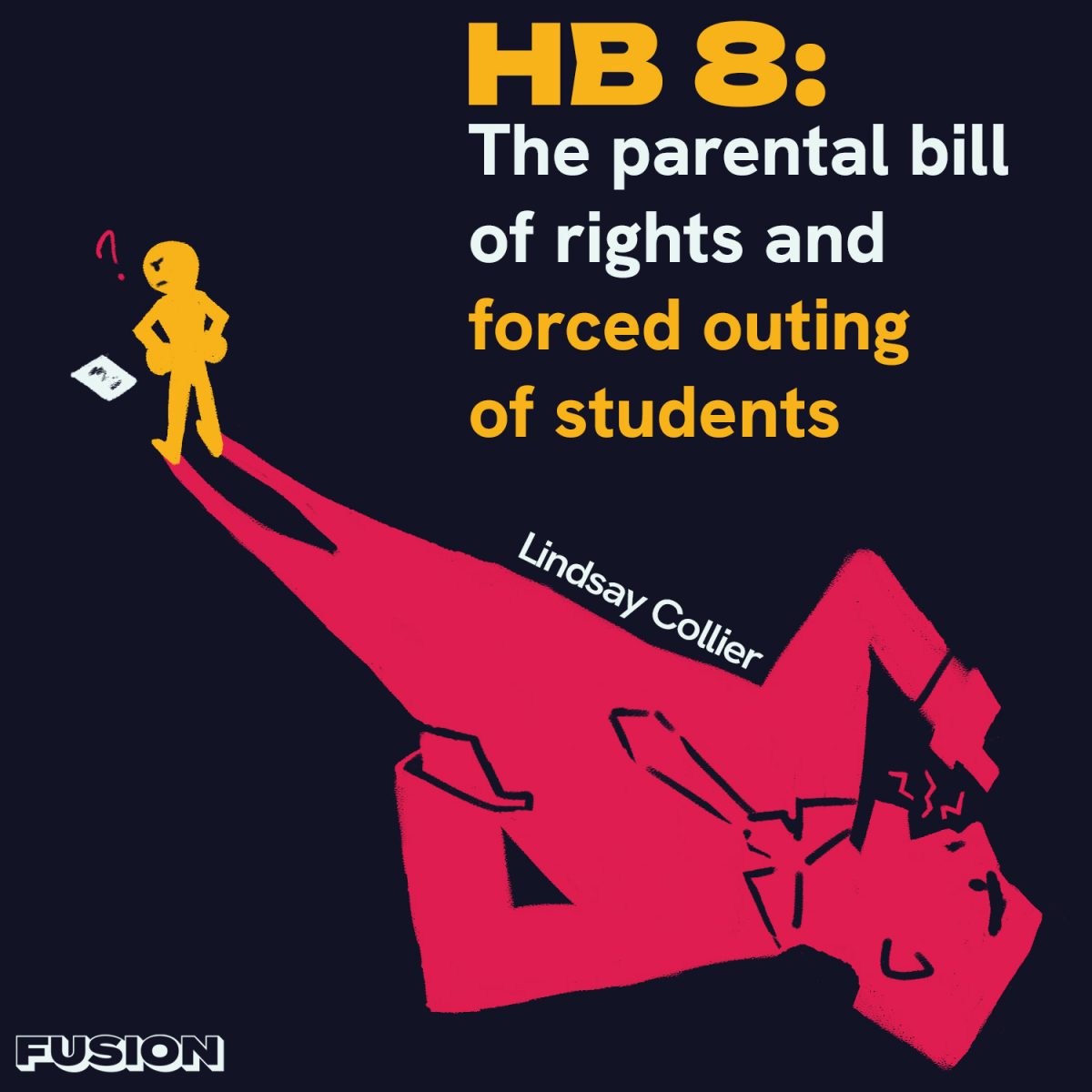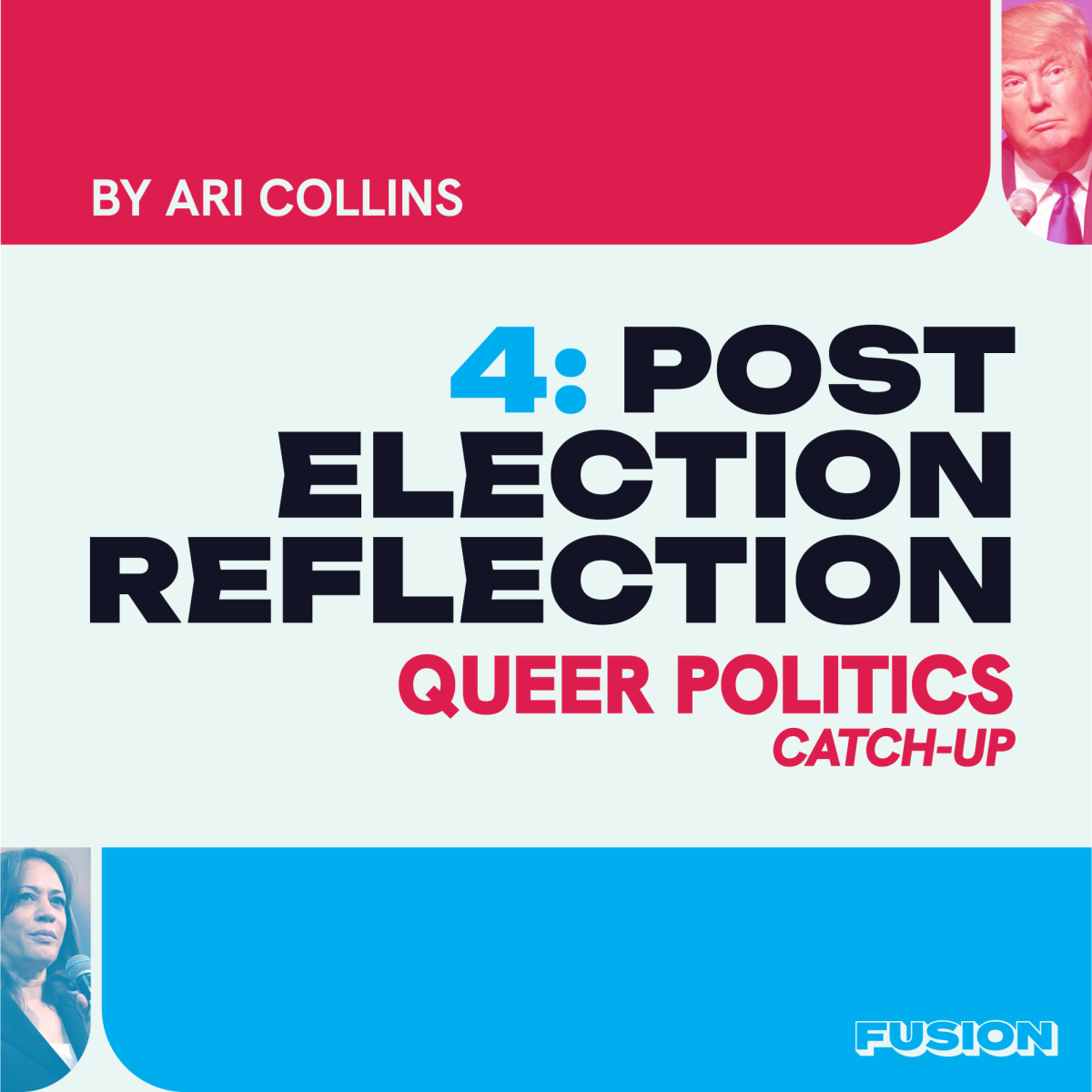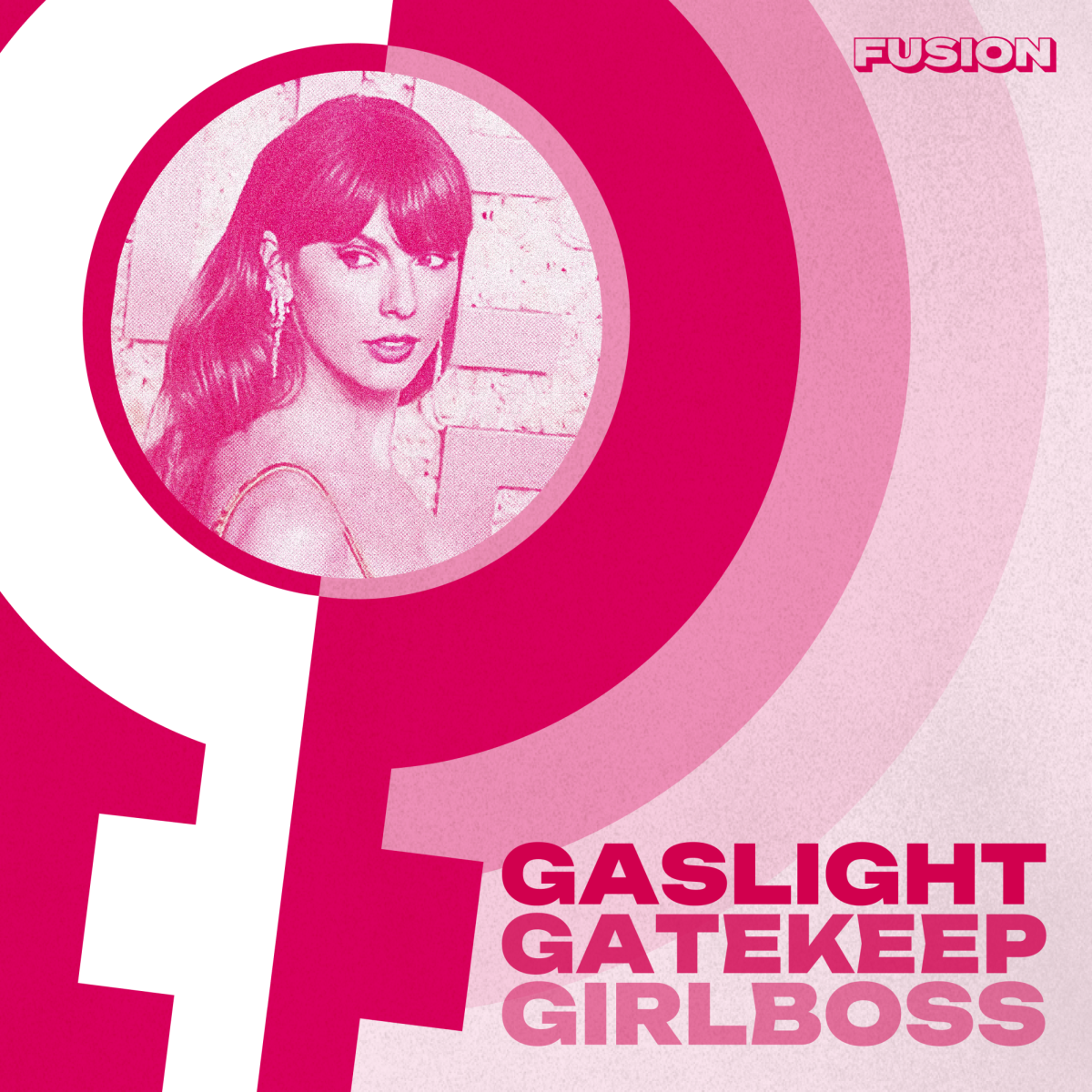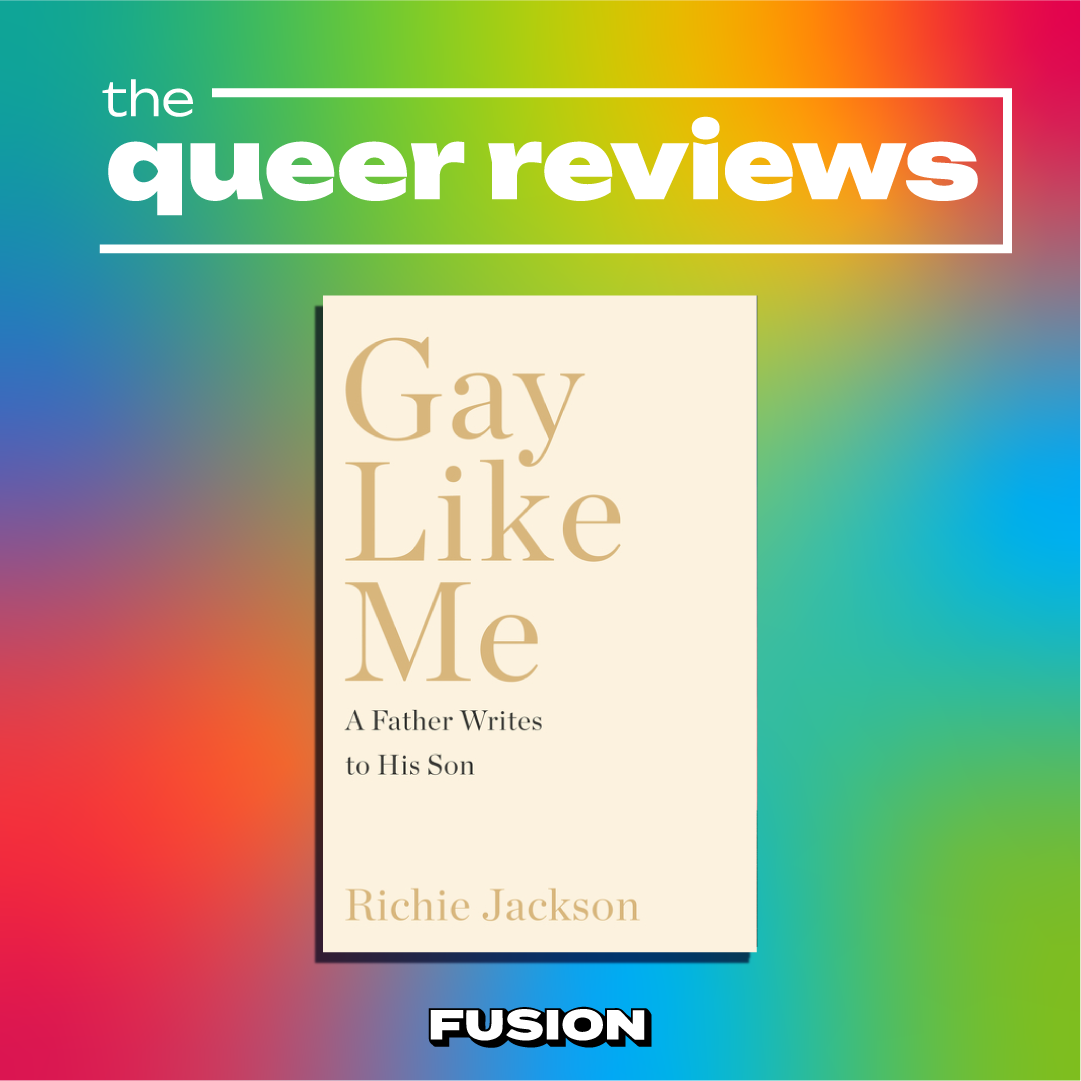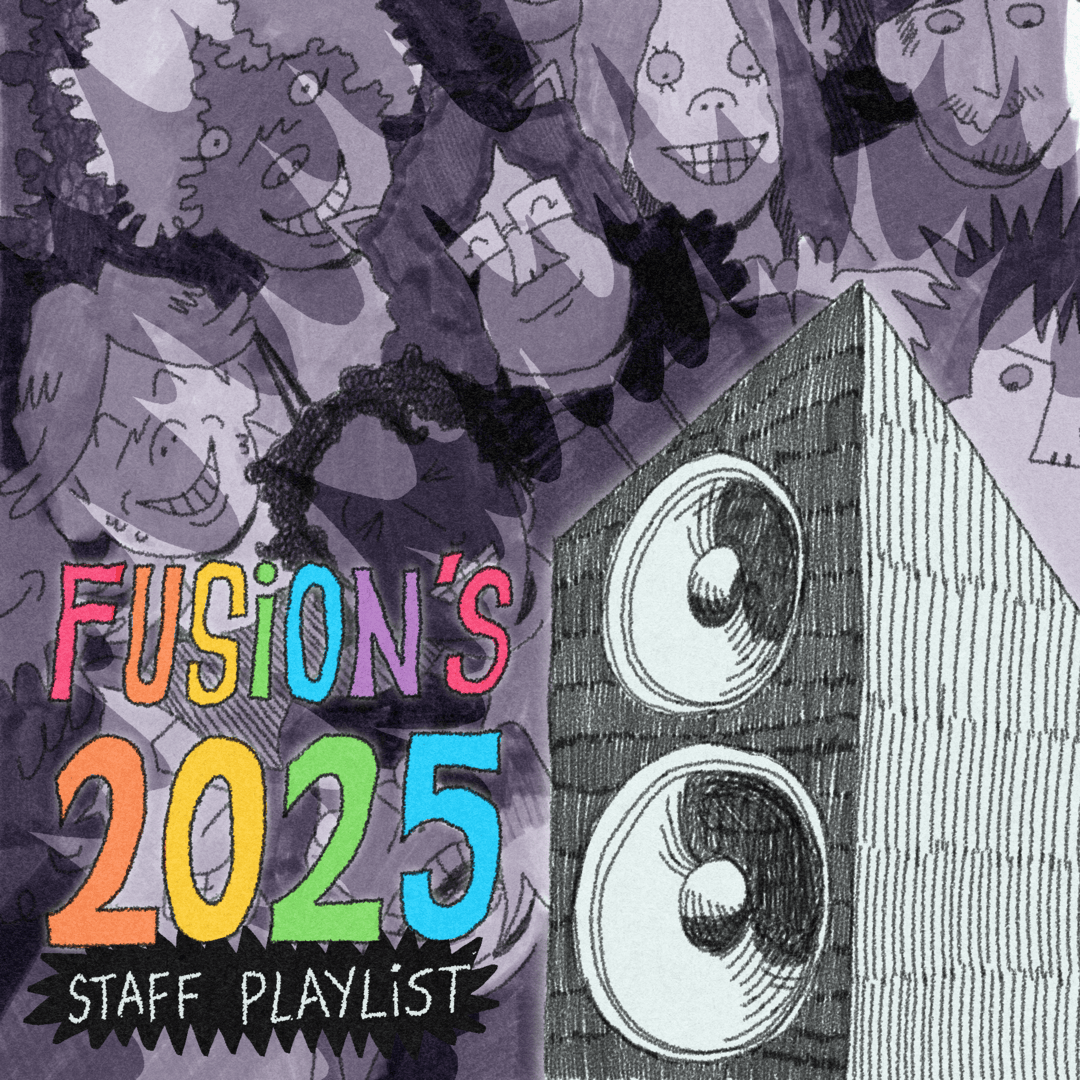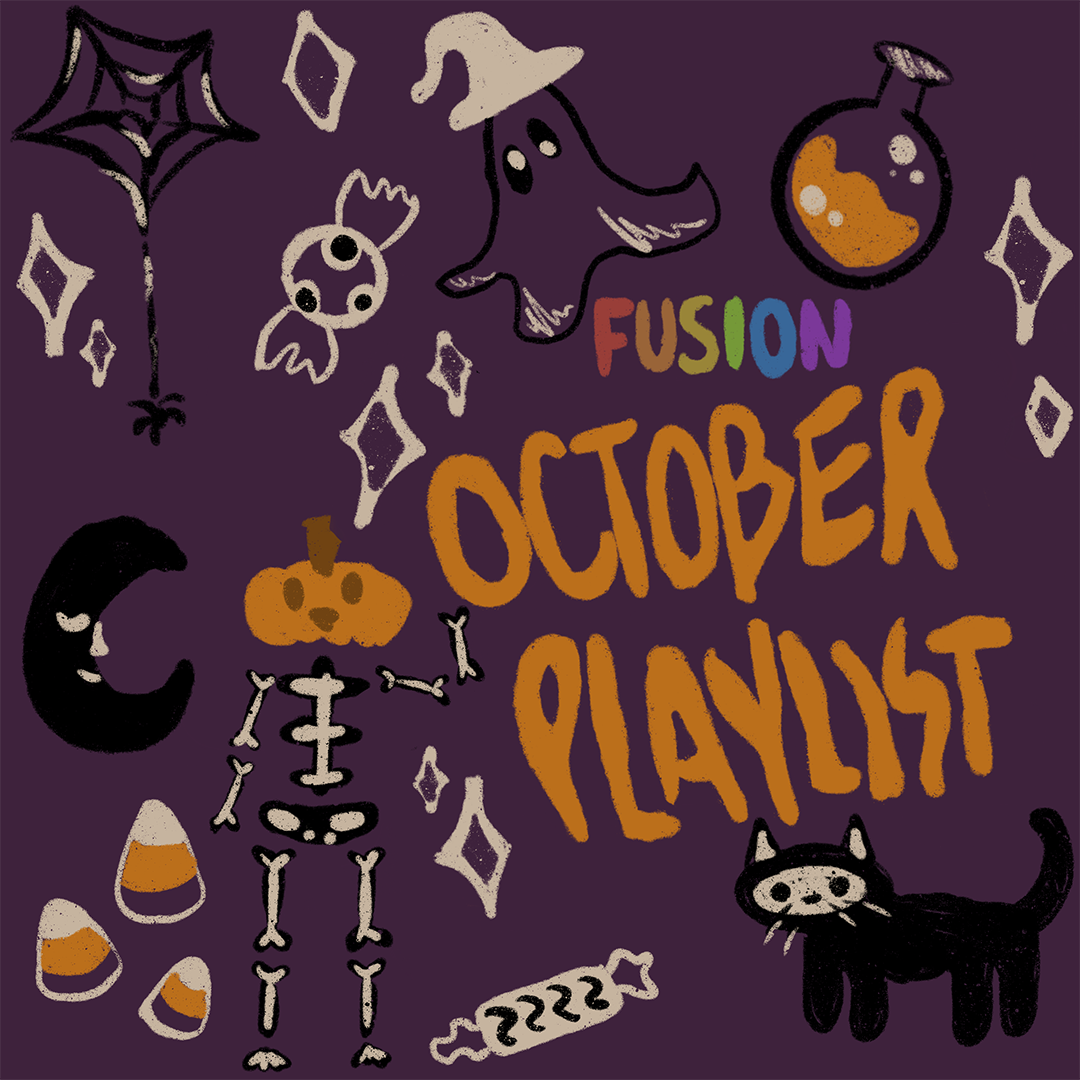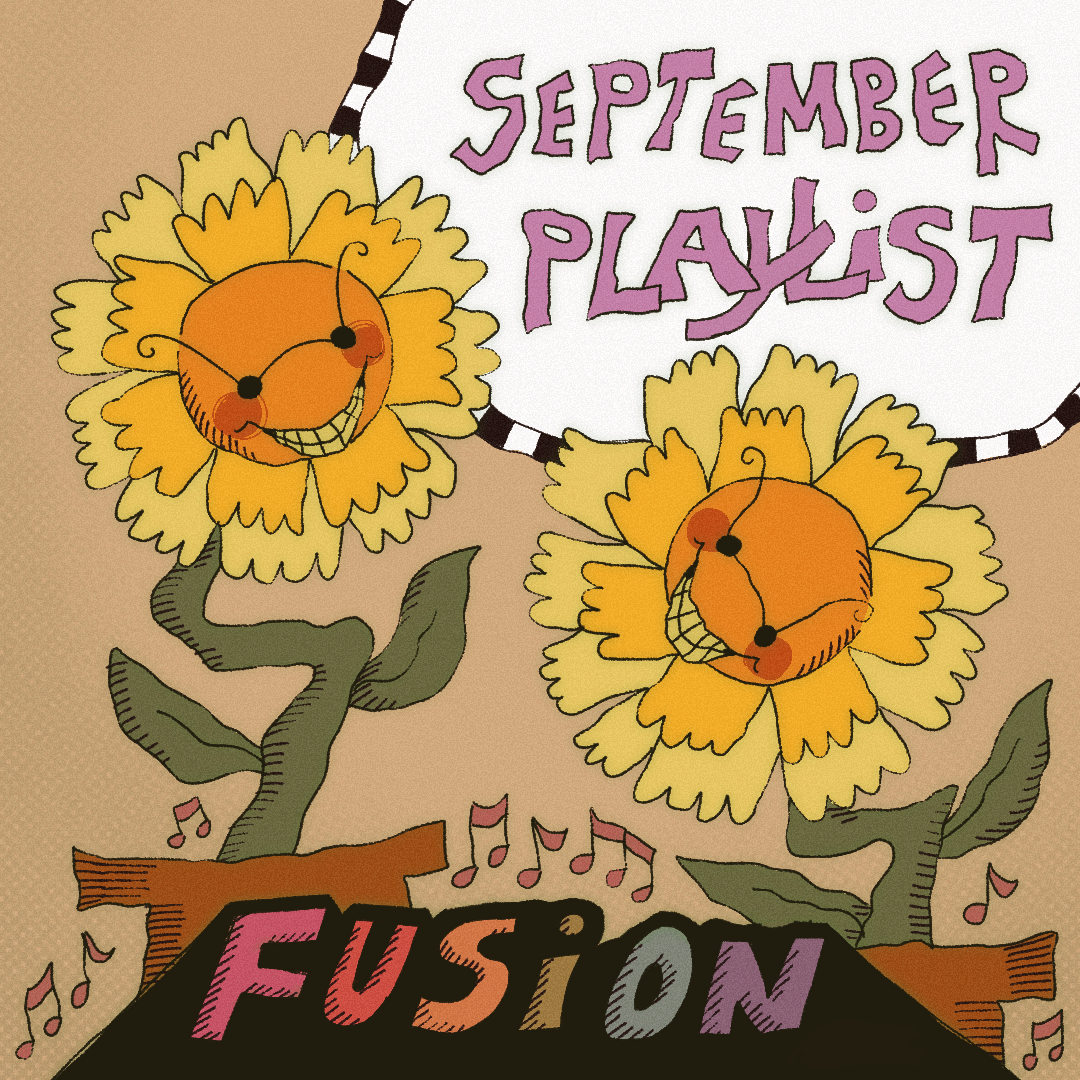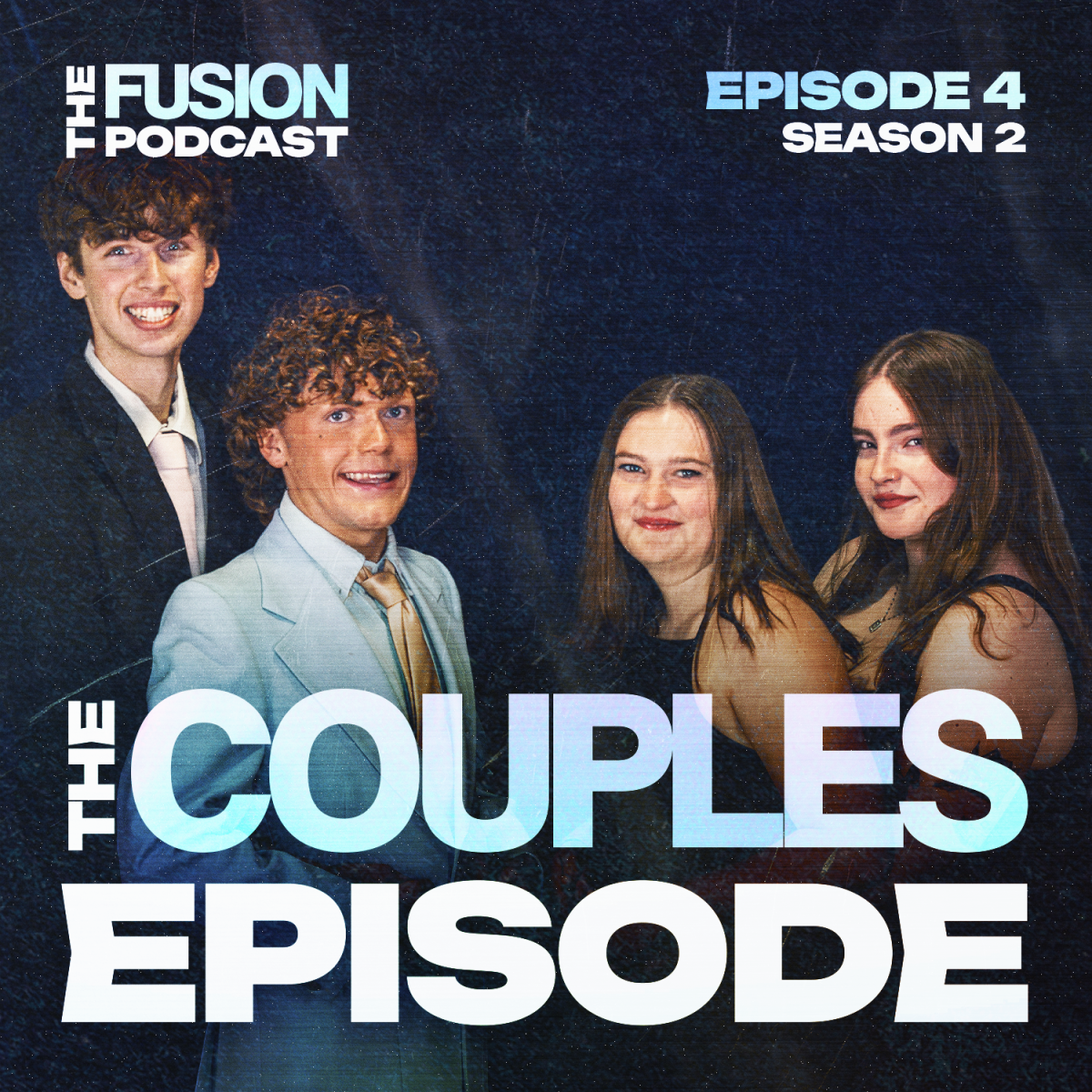Aromanticism is one of the lesser talked about identities in the LGBTQ+ community. It is defined as having little to no romantic feelings for others, however, facts about the identity are largely unknown. There is a lack of aromantic representation in the media, and not many studies on aromanticism either. This does not mean that aromanticism is not real, or not normal. Aromanticism is a completely normal romantic orientation. Aromantic people have existed forever, but the term aromantic itself was first documented in 2002, in an online Yahoo group for asexuals.
According to Aromantic Spectrum Awareness Week, or ASAW, aromantic people’s experiences of romance (or lack thereof) are different from normative societal expectations. Aromantic people may experience little to no romantic attraction, repulsion to romance, or disinterest in romantic relationships.
“For me it means I don’t develop crushes. I’ve tried. I can’t,” says Rey Lifford, sophomore bassoon performance major. They identify as an aromantic asexual, or “aro/ace”.
Aromantic and asexual identities can often go hand in hand. According to a study from Archives of Sexual Behavior, 26% of asexual individuals also identified as aromantic.
Aromanticism also exists as a spectrum, commonly abbreviated as the aro-spec. Certain individuals who identify with the spectrum experience romantic attraction, whether it be very limited, or only under specific circumstances. There are many labels on the spectrum, including grayromantic and demiromantic. These identities describe different levels of romantic attraction or attraction only in specific circumstances.
“There’s totally a spectrum,” Lifford says. “It doesn’t mean we can’t ever have romantic or sexual interests, but for some it is not preferred.”
Some aromantic individuals may find that their amount of romantic interest fluctuates along the aromantic spectrum throughout their lives. They may experience attraction to varying degrees.
“There is even a subsection [of the identity] called aroflux or aceflux,” says Lifford. “You could be at any spot on the spectrum at any point of the day.”
A common misconception regarding aromanticism and asexuality is that you just haven’t found someone you are attracted to yet, similar to criticisms of other LGBTQ+ identities.
“A lot of people think you just haven’t found the right person,” Lifford says. “But I’ve tried people, and I don’t like people.”
Before they are sure of their identity, some aromantic people have tried their hand at romance and dating, only to come to the realization that it is not for them. These experiences can lead someone to finding their place on the aromantic spectrum.
“I used to convince myself I liked people,” Lifford says. “It was a lot of trial and error. And it ended up being all errors.”
Lifford recalled their mental health having worsened when in a relationship, but feeling happily independent when single. Societal norms lead people to believe that the lack of a romantic relationship would leave one unfulfilled, but this is not true for everyone.
Aromantic people can still form close emotional connections, and experience platonic and familial love. Queerplatonic relationships are very common among aro-spec individuals, referring to a non-romantic intimate partnership that may resemble a romantic relationship in certain ways.
Another myth about aromantic individuals is that they experience no emotions or feelings at all. This is untrue, as aromantics can experience emotions like anyone else. Being aromantic does not equate to being antisocial.
“Some people might think that you are just apathetic and don’t have feelings for anything,” says Lifford. “I have so many platonic relationships, I wouldn’t give those up just because I don’t have romantic feelings for anyone.”
In the LGBTQ+ community, aromantic stories are not shared as frequently as others. Being aromantic does not mean someone is broken, unfulfilled, lonely or lacking emotions. It is a normal romantic orientation that should be talked about more often.


